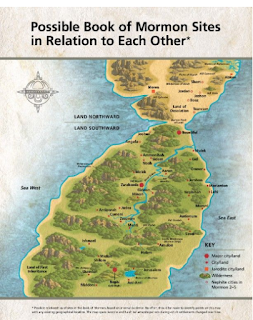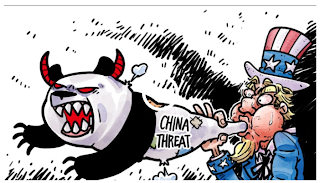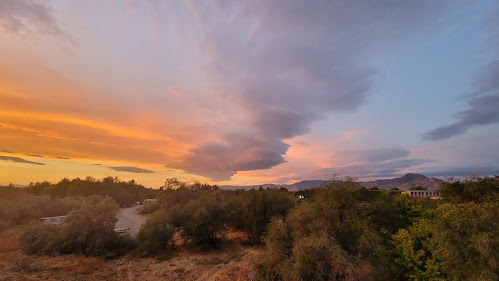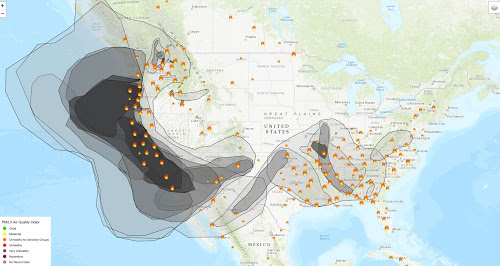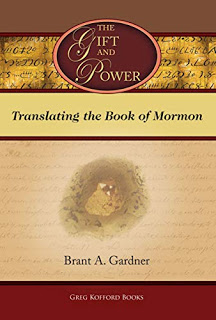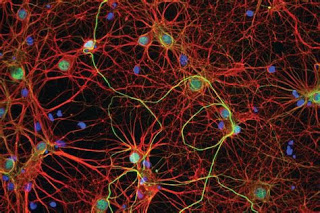Why did Smith’s three main witnesses, Cowdrey, Davis and Scales write the book, “Who Really Wrote the Book of Mormon? (Vision House Publishers, 1977)? Why did they leave the Mormon Church, even though they claimed to have seen Smith’s tablets?
I am sorry, but this has got to be one of the dumbest arguments ever raised! Wayne L. Cowdery, Howard Davis, and Donald Scales were three authors of an anti-Mormon book released in the late 1970s; they were not the three witnesses of the gold plates and the angel Moroni! They were all born in the 20th century, well after the publication of the Book of Mormon and the time of Joseph Smith (d. 1844).
The actual three witnesses were Oliver Cowdery (d.1850), Martin Harris (d. 1875), and David Whitmer (d. 1888). For a scholarly discussion of the Three and Eight Witnesses, see Richard L. Anderson, Investigating the Book of Mormon Witnesses (Salt Lake City: Deseret Book, 1981).
For a review of the second edition of Who Really Wrote the Book of Mormon?, see Matthew P. Roper, The Mythical “Manuscript Found”
